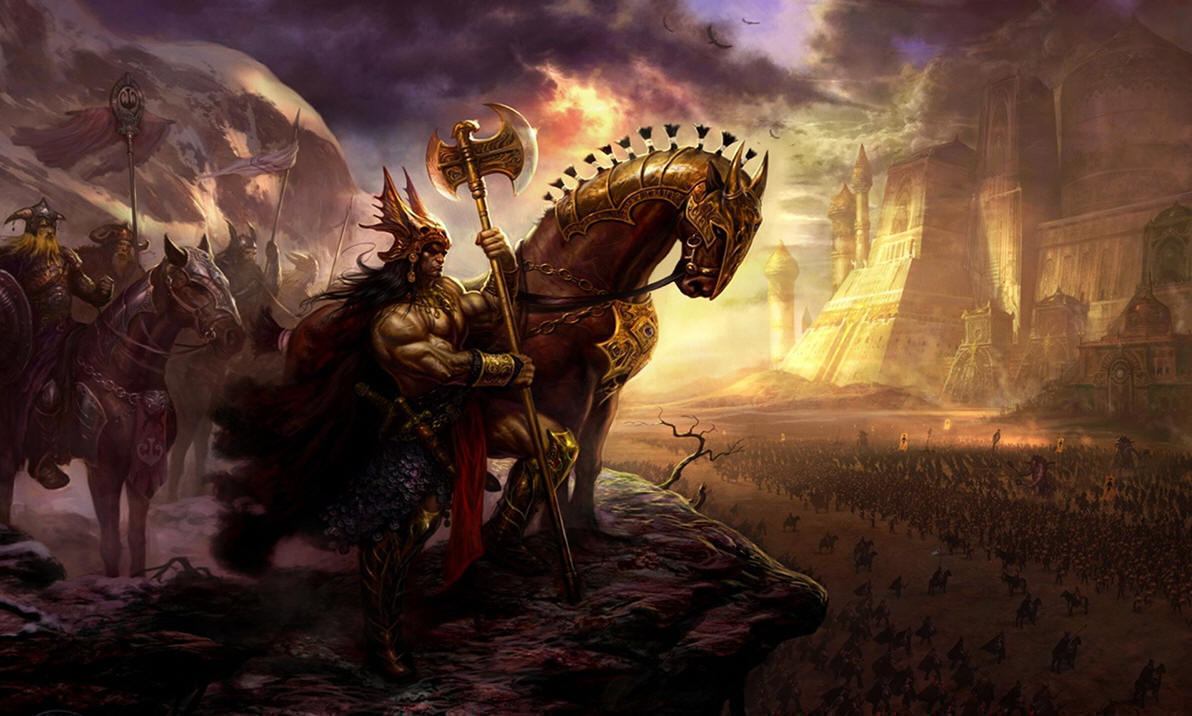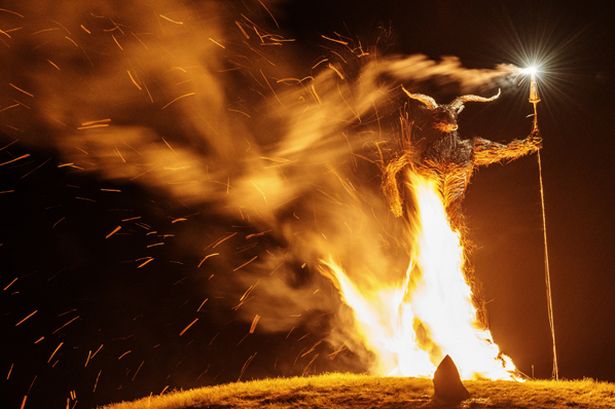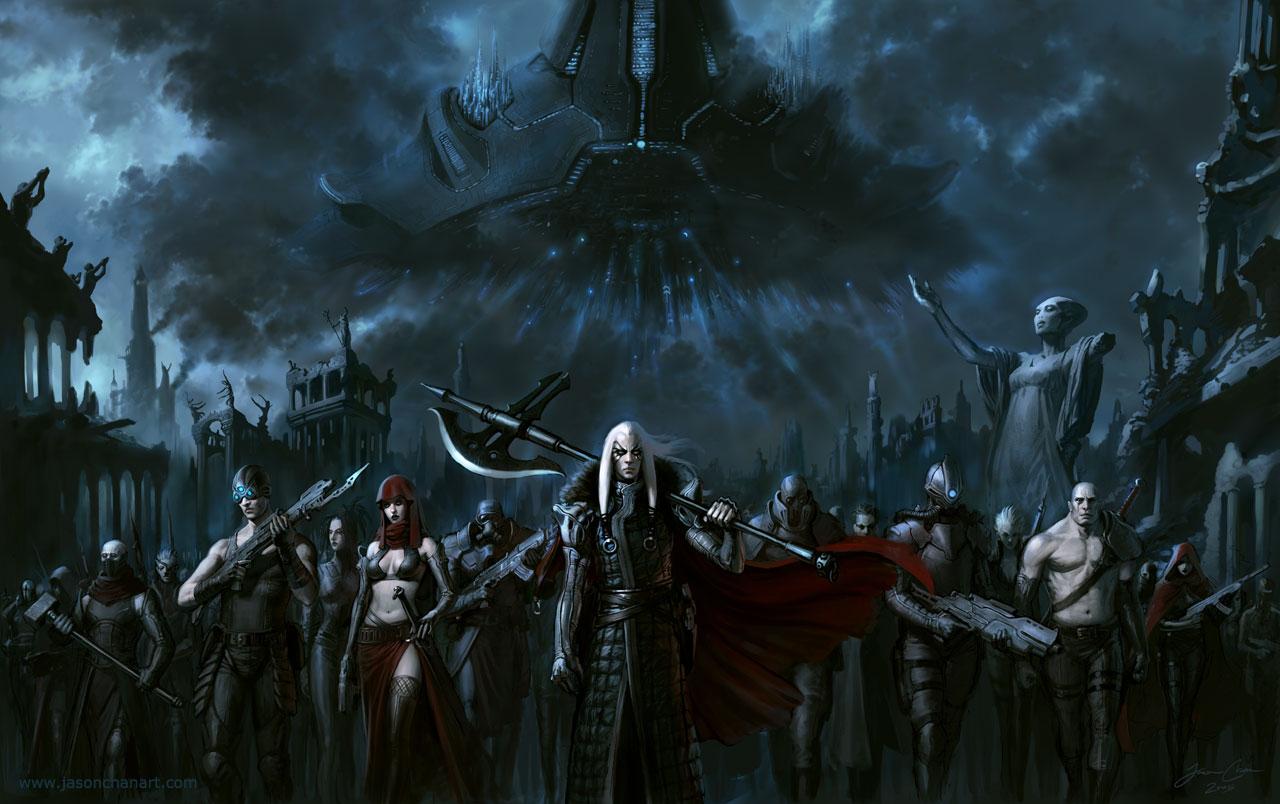THE VIOLENT WORLD OF THE PRIMEVAL PAST

Nature is a violent and ferocious system Ancient history was also a violent and ferocious system.
Today there is the appearance of peace. However, it is an illusion. This "peace" has been created by the greatest mass murder in history, the destruction of the natural world. Indeed, humans have created the greatest wave of extinctions since the Permian extinction 250 million years ago. Much of the structure of America itself was built on the genocide of the Native American people and the enslavement of people from Africa. Today, we see a world built on massive inequality and debt.
When you think in terms of all forms of life (not just humans) today's world is anything but peaceful. It is the most violent period in world history. Most humans are under the illusion that their actions do not have consequences. Wrong. Their violence against nature is going to wipe out the biological foundations of their own existence. Furthermore, we see nature as a living organism. It laughs at man's pretensions. It has ruled for 5 billion years. A mere creature that is at most 50,000 years old is nothing. Nature is not worried but nature is angry and will move to punish a species that has gotten so far out of control if things do not change.
So check out the sections below to gain a broader understanding of our violent origins and the violent future that will come as natural forces reclaim our planet.
A WORLD OF PERPETUAL WAR
A good source on the ancient world is Lawrence H. Keeley's book "War Before Civilization." Keeley is an archeology professor at the University of Illinois at Chicago. According to Keeley, modern civilization is less violent (in terms of human violence) than the prehistoric past. Keeley states that peaceful societies were an exception to the rule and that up to 90-95% of prehistoric societies known engaged in war. Tribal warfare in a warrior society could produce casualty rates up to 60% of the population. This is compared to the 1% death toll of combatants in modern wars. There was also a very high participation rate in this violence. According to Keeley, up to 40% of the male population in a tribe was mobilized for warfare. This is a much larger percent than what Germany or America recruited for World War II.
Keeley also cites several archaeological examples to support his narrative of perpetual violence: Almost half of the people buried in a Nubian cemetery 12,000 years ago died from violence; The yellow knives tribe in Canada were obliterated by massacres committed by the Dongrib Indians and similar massacres occurred among the Eskimos, the Crow Indians and countless others. At Crow Creek in South Dakota, archaeologists found a mass grave containing the skeletal remains of more than 500 men, women and children who had been slaughtered, scalped and mutilated during a village raid that took place over a century and a half before the arrival of Columbus.
THE NARMER PALETTE

In addition to examining the brutality of history before written language, we can see that the earliest written documents also contain a good share of violence and gore.
The Narmer Palette is one of the oldest examples of Egyptian Hieroglyphic writing and it dates from the 31st century BC. It is thought to be a depiction of the unification of Upper and Lower Egypt under King Narmer. As you can see, it depicts King Narmer ready to strike down a foe who he grabs by the hair. Again and again, on other parts of this palette, we have images of the king being victorious over his enemies. On the front of the palette he is represented as a human overlooking the decapitated corpses of his foes or a as a bull victoriously trampling an enemy.
HUMAN SACRIFICE


One of the most controversial historical topics is that of human sacrifice.
While some historians have conventionally argued that human sacrifice was a rare and isolated event, archaeology is revealing that this grim practice may have been more widespread than traditionally thought. The most obvious example is The Aztecs. For the reconsecration of the Great Pyramid of Tenochtitlan in 1487, it is reported that the Aztecs sacrificed 80,400 prisoners over the course of four days. Historians argue about whether or not this is an exaggeration, but it is definitely true that human sacrifice was a key part of Aztec religious rituals. According to Mathew White, in his book "The 100 Deadliest Episodes in Human History," the death toll of humans sacrificed in Aztec rituals was 1.2 million (source).
There is also evidence that human sacrifice may have occurred in Europe. In places such as Denmark, Germany and Holland many bodies have been found, completely preserved in peat bogs. Some were hanged or strangled. The noose is still on the necks of a few of these victims. Others were bludgeoned in the head or had their throats slit. These bodies were found in a special place where offerings are believed to have been made to the afterworld. Those who have studied the remains believe that these were not murders, but sacrifices made with care and deliberation. However, there is the question of whether these were sacrifices made for religious purpose, were an execution of criminals or a mix of both. The Roman historian Tacitus wrote that the Germanic people executed their social outcasts in bogs.
When looking at other writings from the Romans, Diodorus wrote that the Gauls tended to kill a man with a knife stab in the back and then divined the future from his convulsions and the outpouring of his blood. However, we must be careful when examining the writings of the Romans, as they provided a biased account of those they were trying to conquer.
Another written account of human sacrifice in Europe come from an Arabic chronicler named Ibn Fadlan. In the 10th century A.D. Ibn Fadlan wrote an account of what life was like among a people he called the Rus, who were a people of Swedish origin (some call this the earliest written account of life among The Vikings). In one of his accounts, he talks about a human sacrifice that occured where a slave girl volunteered to join her master in the afterlife.
§ 90: Then six men went into the pavillion and each had intercourse with the girl. Then they laid her at the side of her master; two held her feet and two her hands; the old woman known as the Angel of Death re-entered and looped a cord around her neck and gave the crossed ends to the two men for them to pull. Then she approached her with a broad-bladed dagger, which she plunged between her ribs repeatedly, and the men strangled her with the cord until she was dead.
There is much debate about this topic of human sacrifice, since the definition varies from situation to situation. To read more about human sacrifice around the world check out the following link: Human Sacrifice Around the World.
THE VIOLENT FUTURE TO COME AS NATURAL FORCES OVERWHELM THE CURRENT HUMAN SYSTEMS

The world of art, fantasy, movies, video games and science fiction are a 100 years ahead of the politicians. Within all human beings is a subconscious understanding of reality. Many of the video games and movies that are popular today echo this subconscious reality. Within these mediums, there is an exploration of the primeval past as well as predictions of a violent and revolutionary future. If we are to understand where we are going, we must look to where we have been. The accurate study of the past is very important if we are to understand the real future that lies ahead. While the politicians may sugar coat the problems that face the world today with false assurances that "the economy is going great and everything will be just fine if you work hard," more and more people are waking up to the truth of what really lies ahead.
As nature reconquers our world, there will a wave of violence and death that will kill billions. Out of the ashes of a failed world order will arise ferocious leaders who return the world to a natural state.